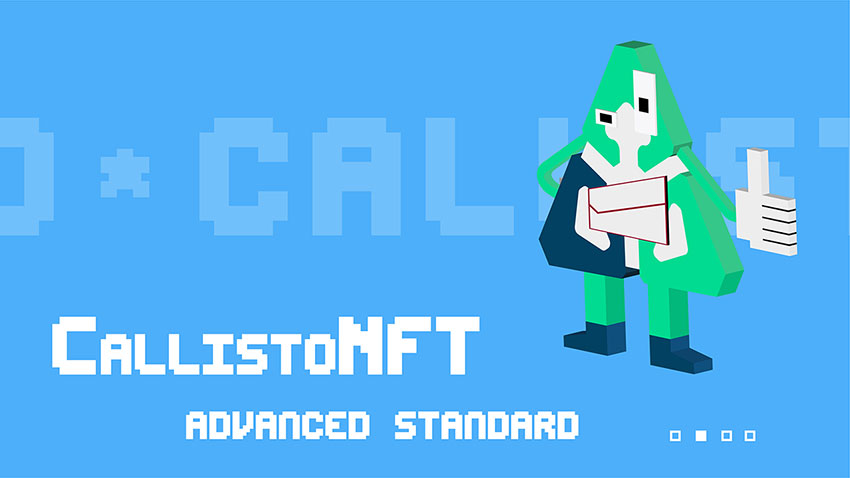Intro
This article describes a Non-Fungible Token standard developed for the Callisto Network initiative. Originally penned by Dexaran, known for contributions like the ERC 223 standard., this new standard is compatible with EthereumVM platforms.
Written in Solidity as an open-source software, its source code is available here.
Welcome to The New NFT Standard
In recent years, non-fungible tokens (NFTs) have become a pivotal subject in the crypto industry. Despite the buzz, the concept of NFTs is far from new. First formalized in 2017 via Ethereum Improvement Proposal #721, also known as ERC721, this foundational standard has demonstrated both potential and limitations. With these insights, a new NFT standard has been developed to address the drawbacks and add new features, drawing upon past experiences, much like the development of the ERC223 standard.
CallistoNFT vs ERC721
Note: This article refers to the new standard as “CallistoNFT” until the Ethereum community assigns an official ERC number.
Advantages of CallistoNFT:
- Built-in Trades: No need for third-party marketplaces; trade intentions can be expressed directly through the token contract.
- Built-in Monetization: Developers or creators can receive a percentage of the transactions directly through the smart contract.
- Smart Contract Communication Model: Unlike ERC721, this new standard includes “events” as a part of its architecture, enabling more robust inter-program communications.
- Standardized properties: The standard aims to make the unique attributes of NFTs more uniform, simplifying integrations across different platforms.
In-Depth Look At CallistoNFT Features
Built-in Trades
This feature standardizes the mechanism to bid or set prices for specific NFTs directly in the contract. When a bid meets the fixed price, the NFT is automatically sold, fulfilling both parties’ intentions. This removes trust issues commonly associated with third-party platforms and provides a scalable and efficient way to trade NFTs. Importantly, bids persist even if the ownership of the NFT changes.
Built-in Monetization
In the new NFT standard, developers can benefit directly from their NFTs’ success through a built-in fee system. This flexible and layered system allows different fees for various NFTs or conditions.
Smart Contract Communication Model
One of the persistent issues in the ERC721 standard has been the lack of a robust communication model. The new standard solves this problem by integrating “events,” similar to how communication occurs between clients and servers in traditional models.
Standardized Attributes
Many NFTs have unique attributes or properties. While ERC721 does not standardize these, the new standard makes building software like wallets and blockchain explorers that can interpret these properties easier.
Closing Remarks
Improving financial infrastructure is an undertaking that has implications for the future. The efforts being made today may well be the foundation for financial systems in the decades to come. While this article discusses Callisto Network’s contributions, it should be noted that the aim is not to undermine other projects but to foster collaboration within the Ethereum ecosystem and other EVM-compatible platforms.
Related Articles


